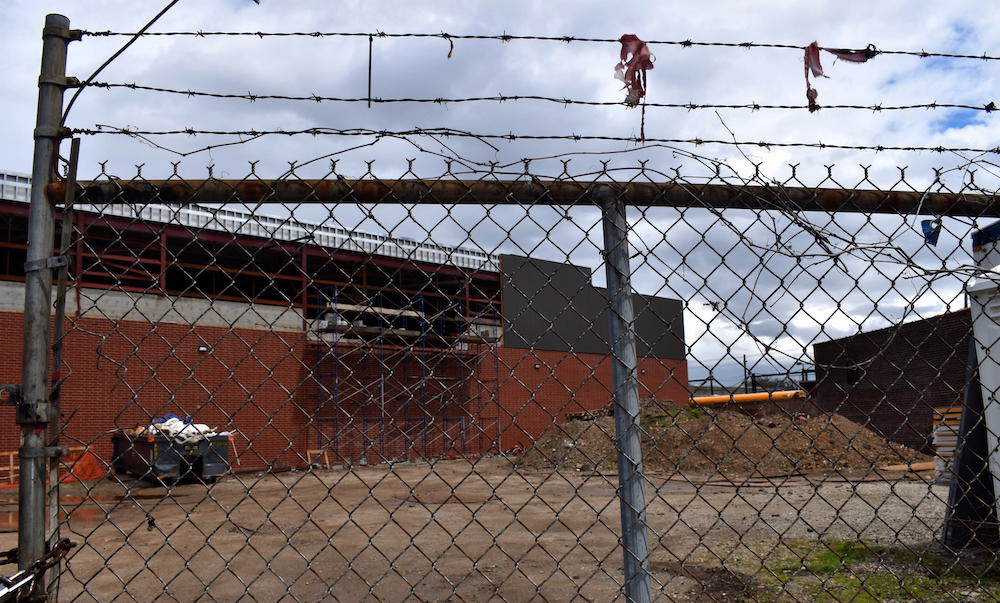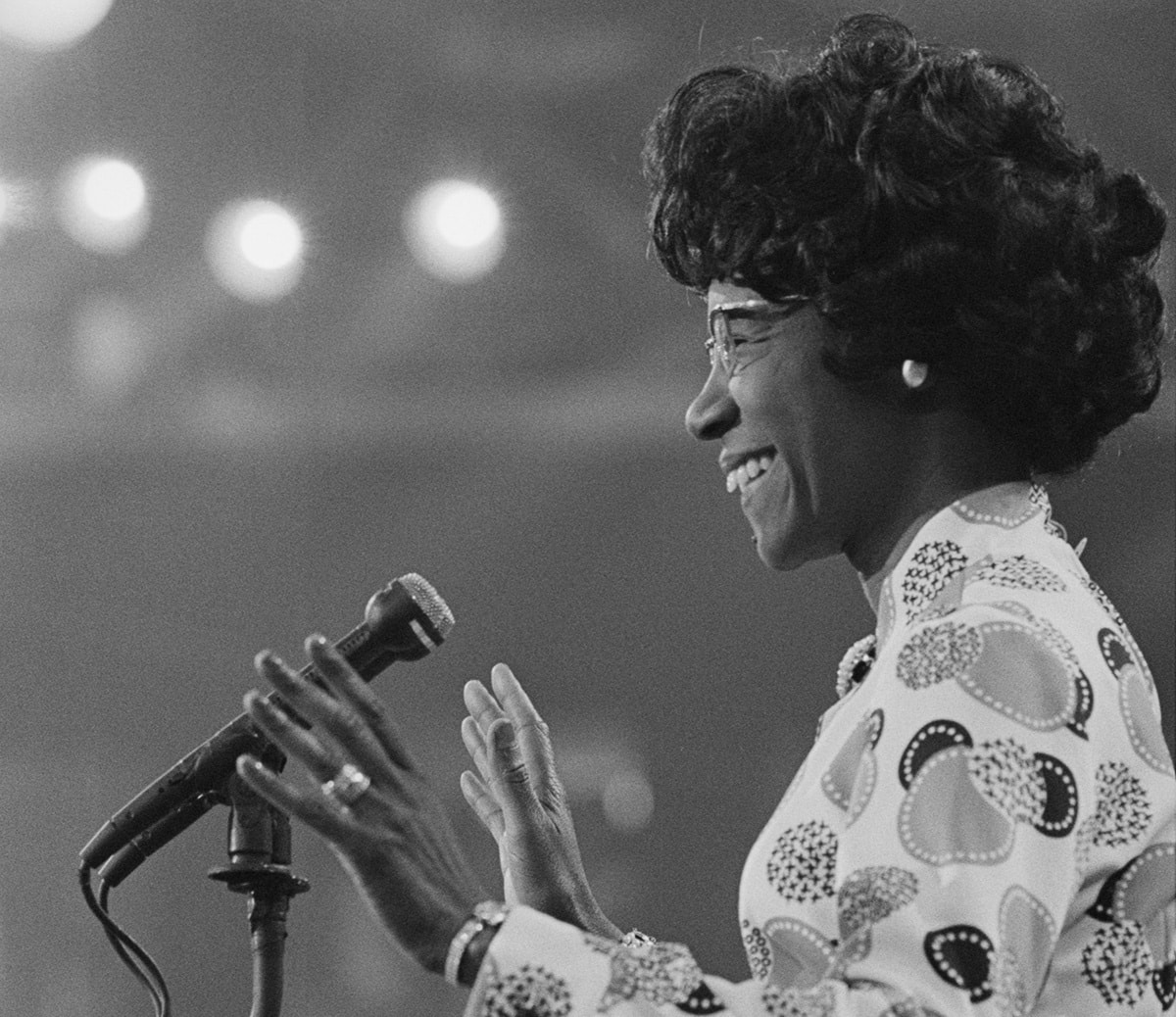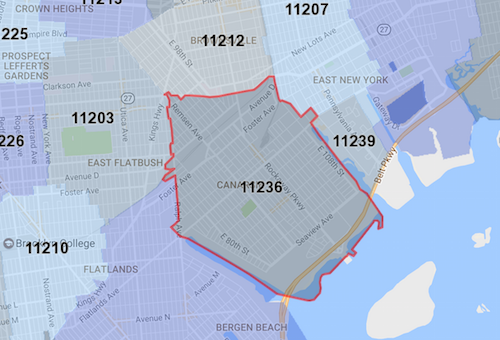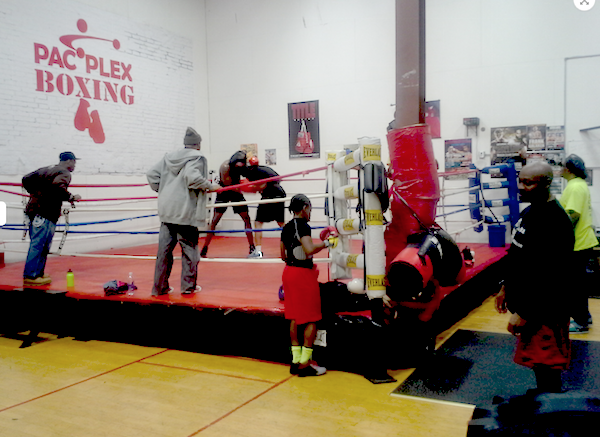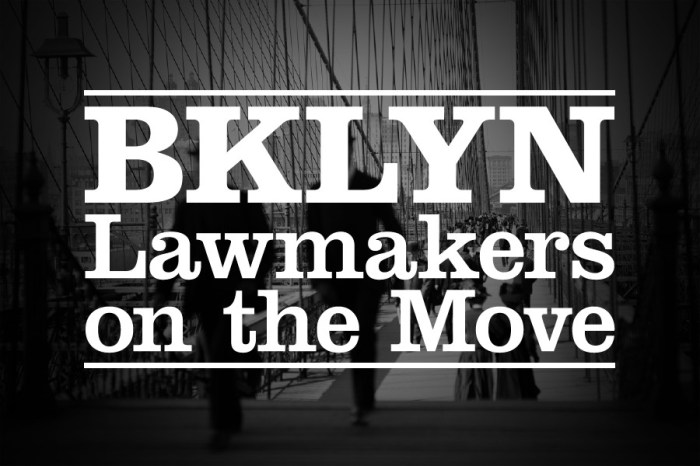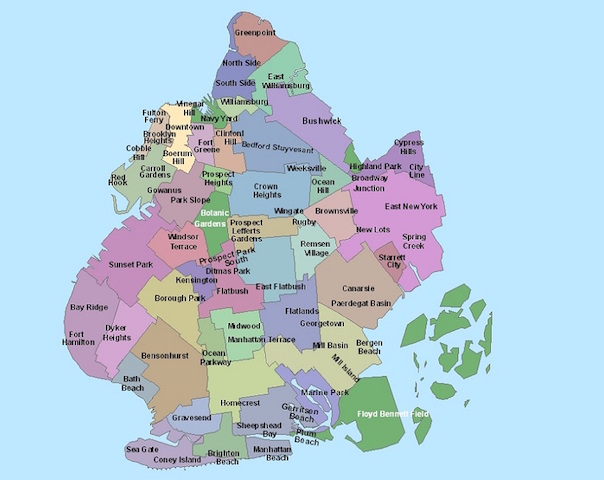A small but mighty gathering of concerned community residents this past Saturday came together, in the rain, to spotlight the Department of Health and Mental Hygiene (DOHMH)’s plan to construct a pesticide storage facility in Canarsie.

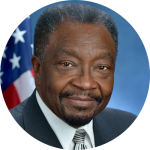
A coalition of politicians, including Brooklyn Borough President Eric Adams, Councilmember Farah N. Louis, Assemblymember Nick Perry, and housing activist Trisha Ocona, have also collectively voiced their concerns about the pesticide plant and its chosen location along with residents who will be living nearby.
“The COVID-19 pandemic has heightened our awareness about airborne threats to public health. A residential community of families and seniors is not a suitable place for a pesticide facility that could impact the air we breathe and our quality of life,” said Louis.
The Pest Control and Vector Control Program Facility is supposed to be located at 1427 Ralph Avenue, a commercialized M1-1 zone in the middle of residential neighborhoods. It’s plans, filed by the DOHMH and the Department of Citywide Administrative Services (DCAS) jointly, contain workups for offices, insect lab, parking lot, a loading dock and washing bay, and large chemical storage space.
Plans for the plant were filed on September 17, 2020, and are currently moving through the review process with the city planning commission now.
According to Community Board (CB) 18’s minutes, provided to PoliticsNY, the plant is about 67,771‐square‐feet on a privately owned lot and is currently under construction. The site is intended as a “central distribution warehouse serving all five boroughs and field offices for South Brooklyn and Staten Island” for pest and rodent control.
The Flatlands Flatbush Civic Group, Utica to Flatbush Initiative, East 59th Street Block Association, and Flatlands Civic Group are all neighboring Flatbush residents in CB 17, mostly Black, who were present at the rally held in front of Glenwood Playground on Ralph Avenue and Farragut Road.
Organizer Gerard Brewster referred to the site as the “poison warehouse.” The residents expressed outrage at the approval of the pesticide plant and claimed DOHMH representatives didn’t work to inform them about the site ahead of time since the presentation was given at the CB meeting the same day it was required to be voted on.
In the CB meeting DOHMH rep said they would be using “eco-friendly pest control methods,” such as dry ice, as part of their program. He also said that there would be relatively small amounts of pesticide and rodenticides being stored at the facility.
Residents said that because of a seemingly technical issue with mics in the Zoom meeting the plans were approved with just one recorded abstention.
In an email correspondence with BP Adams’ office on April 12, the DOHMH spokesperson gave a detailed list of the pesticides and quantities, ranging from cases to gallons to pallets to pails, that will be stored at the site.
“We’ll store many pesticides. All products are United States EPA and NYS DEP approved for use in the City. We also obtain all needed permits to store and use the products. They will always be in their original and properly sealed containers. Note that there were no examples of leakage or spillage of products at our prior storage facilities, 2001 – 20019. Any handling or loading of pesticides is done by NYS certified exterminators wearing proper PPE (including a respirator recommended by the manufacturer),” she said.
She also said that the wastewater from the washing bay will not be directly entering the local sewer shed and should be contained in a separate filtering tank, periodically removed for off-site treatment and disposal.
“I stand with the residents of community organizations,” said Louis, “in opposing this proposal and the city’s Department of Health and Mental Hygiene (DOHMH) who did not conduct extensive community outreach to address the public’s hesitancy. I share my constituents’ concerns and met regularly with the residents who led this protest, creating opportunities to have their voices heard by the company and the City Council’s Land Use Division.”
Louis added that the proposal should not have progressed to the next phase of the Uniform Land Use Review Procedure (ULURP) when there are so many unanswered questions regarding public safety.
Similarly, Adams had issued a ULURP recommendation to adamantly disapprove the pesticide site on April 13.
Ocona said it’s a “disconnect” whenever the CB and the borough president go against each other.
“The problem is that the community needed to be educated more,” said Ocona at the rally. “This site is going to cover the whole of New York City. There are other sites in New York City that are more industrial than this, especially when you’re dealing with environmentals. I could come out of my house and see the building.”
On April 22, in recognition of Earth Day, the City Council passed legislation banning non-biological pesticides like glyphosates or weed killer, on any playgrounds, parks, or other property owned or leased by the city.
A pesticide ban called Introduction 1524-A was introduced in 2019 by Councilmember Ben Kallos and was also recently enacted setting the precedent for real environmental concern over pesticides that include human carcinogens. There were limited exceptions to the ban that is to be reported on by the DOHMH and require the notification to the relevant Borough President, Councilmember, and Community Boards.
“Parks should be for playing not spraying toxic pesticides,” said Kallos in a statement about the legislation. “Every New York City family should be able to enjoy our city parks without having to worry that they are being exposed to hazardous pesticides that have been linked to cancer. [This legislation] will go a long way to making children safer and making our City better. I look forward to being able to say New York City parks are pesticide-free once and for all.”
“We are listening to the community and will work with them to address concerns,” said a DOHMH spokesperson in response to inquiries from PoliticsNY. He did not directly respond to questions regarding community concerns about health risks, like cancer and long-term exposure.


